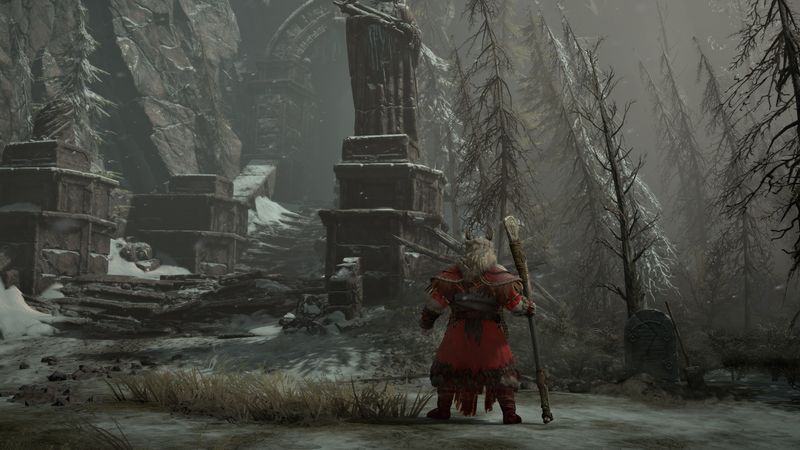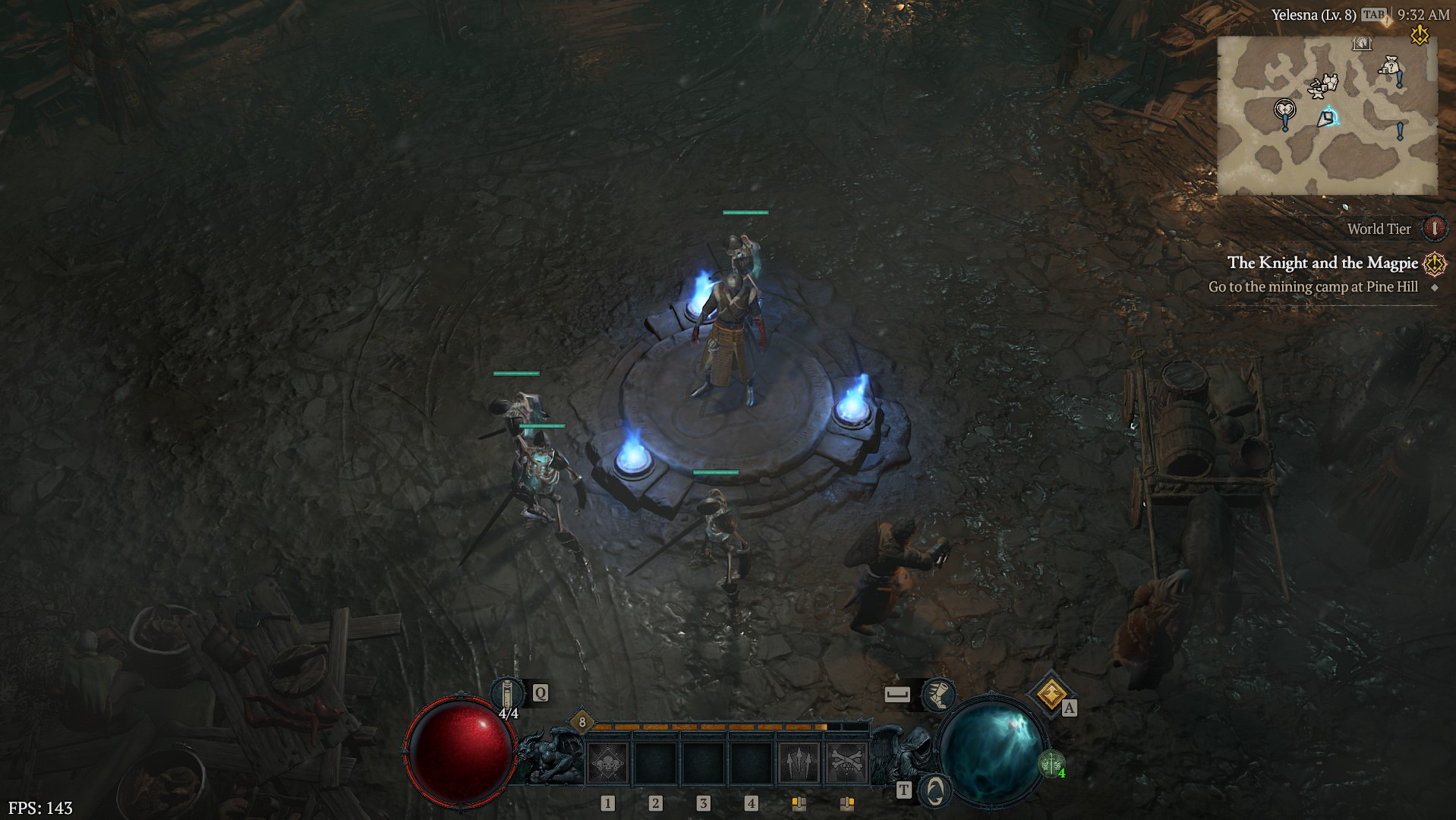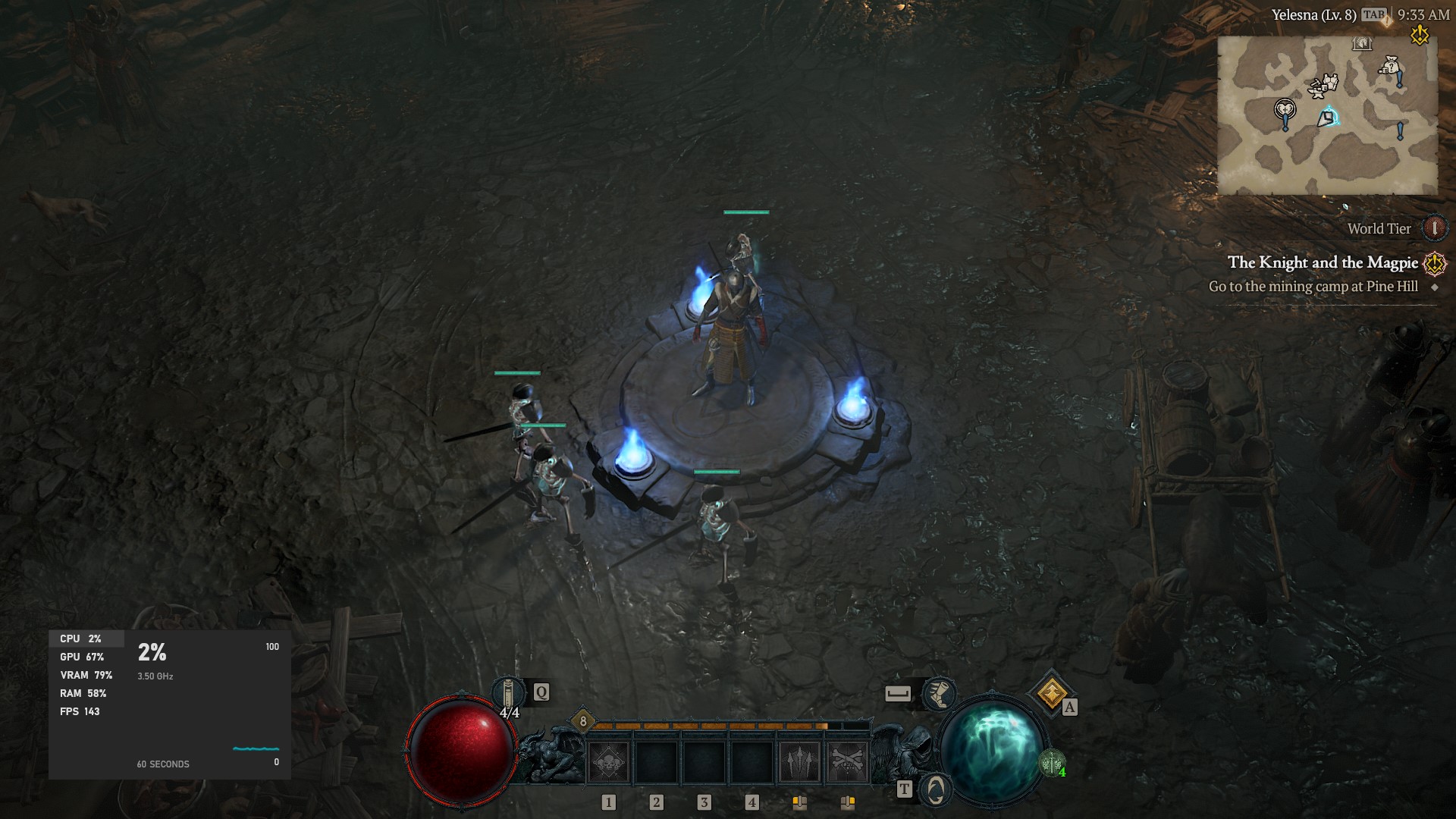
While Diablo 4 has really accommodating PC requirements allowing gamers on a whole range of systems to play, there's one key metric most will want to be able to track to see how its performing. By showing the game FPS on screen while you play, you're able to track more accurately when frame dips occur or whether you're hitting the maximum your display can handle.
It's not immediately obvious how to show your FPS in Diablo 4, but fortunately it's a simple task. There are actually a few ways you can monitor FPS, but the easiest is just using the tool built into the game.
How to show your FPS while playing Diablo 4

Diablo 4 has a built-in tool that can show basic performance information while you play. It'll locate itself in the bottom right-hand corner of the screen, well out of the way of anything important.
It doesn't give you a full performance overview, but it can cycle through both your current FPS and your latency, another important metric to monitor given the always online nature of the game.
To show this while playing Diablo 4 at any time you simply need to press Ctrl+R to bring up the overlay. To cycle through to latency, press that combination once more, and to make it go away hit it a third time.

There are alternatives, though. One method that will work for anyone playing the game is the Windows Game Bar. Pressing Win+G while in the game will bring up the Game Bar and you can pin the widget by clicking on the little pin icon in the corner.
The Game Bar widget shows a little more information, including current CPU, GPU, VRAM and RAM usage as well as your FPS. So, if you're looking for a little extra, it's a good alternative, though it does take up more space on the screen. You can move it to wherever you want it, though, and when you pin it that's where it'll stay.
These aren't the only two methods, however. But these will work for anyone regardless of which GPU you're using and don't require additional software. NVIDIA and AMD both have overlays in their respective companion apps (alas Intel does not have this), and those who want a complete performance breakdown may still prefer to install MSI Afterburner.







